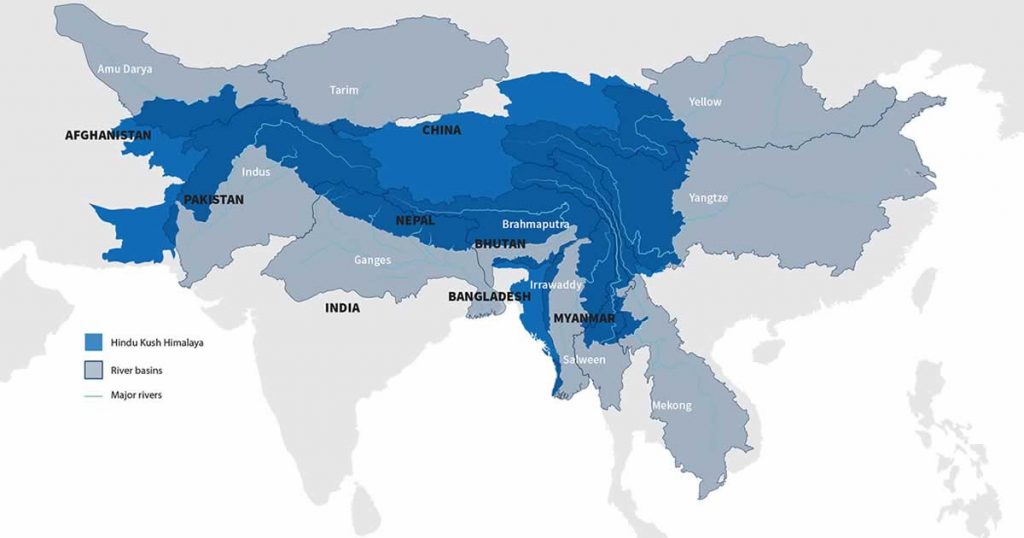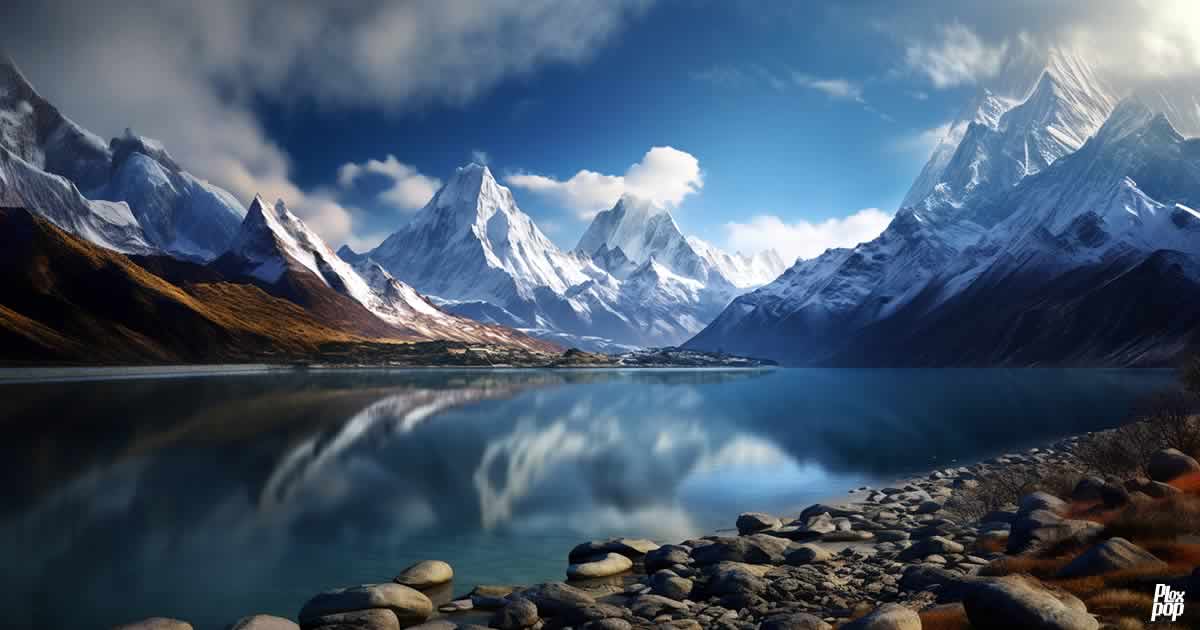The Himalayan glaciers, often referred to as the ‘Third Pole’ and the lifeline for nearly two billion people, are in a dire state. Recent studies warn that these icy behemoths could lose up to 80% of their volume by the end of this century if greenhouse gas emissions continue unabated. This alarming rate of glacial retreat is not just a distant threat but a present reality, with glaciers disappearing 65% faster in the 2010s than in the previous decade.
The melting glaciers of the Hindu Kush Himalayas are not just about receding ice. They are the source of 12 major rivers that flow through 16 Asian countries, providing fresh water to 240 million people in the mountains and 1.65 billion people downstream. As these glaciers shrink, the risk of flash floods and avalanches increases, threatening lives and livelihoods. Moreover, the availability of fresh water is expected to peak by mid-century and then decline, leading to a potential water crisis.
Mountain communities, despite contributing minimally to global warming, are at the frontlines of climate change impacts. They face the brunt of the changing climate, with increased risks of crop loss, livestock deaths, and infrastructure damage due to floods and landslides. The report emphasizes the inadequacy of current adaptation efforts and the urgent need for more support to help these communities cope.

The effects of the changing cryosphere in the Hindu Kush Himalayan region are far-reaching. The region’s extraordinary biodiversity is particularly vulnerable to climate impacts, with cascading effects reported in most ecosystems and affecting most inhabitant species. The region is already seeing both species decline and extinctions.
Moreover, the melting glaciers will significantly affect air pollution. Air pollutants originating in and near the HKH amplify the effects of greenhouse gases, accelerate cryosphere melting, and alter monsoon circulation and rainfall distribution over Asia.
The report calls for urgent international support and regional cooperation to mitigate the inevitable, near-term loss and damage and to help communities adapt. It underscores the importance of limiting global warming to the agreed target of 1.5 degrees Celsius set at the 2015 Paris climate conference.
The Himalayan glaciers’ plight is a stark reminder of the urgent need for global action on climate change. It’s not just about saving ice; it’s about preserving the lifelines of billions of people and protecting the delicate ecosystems that sustain our planet.






Leave a Comment